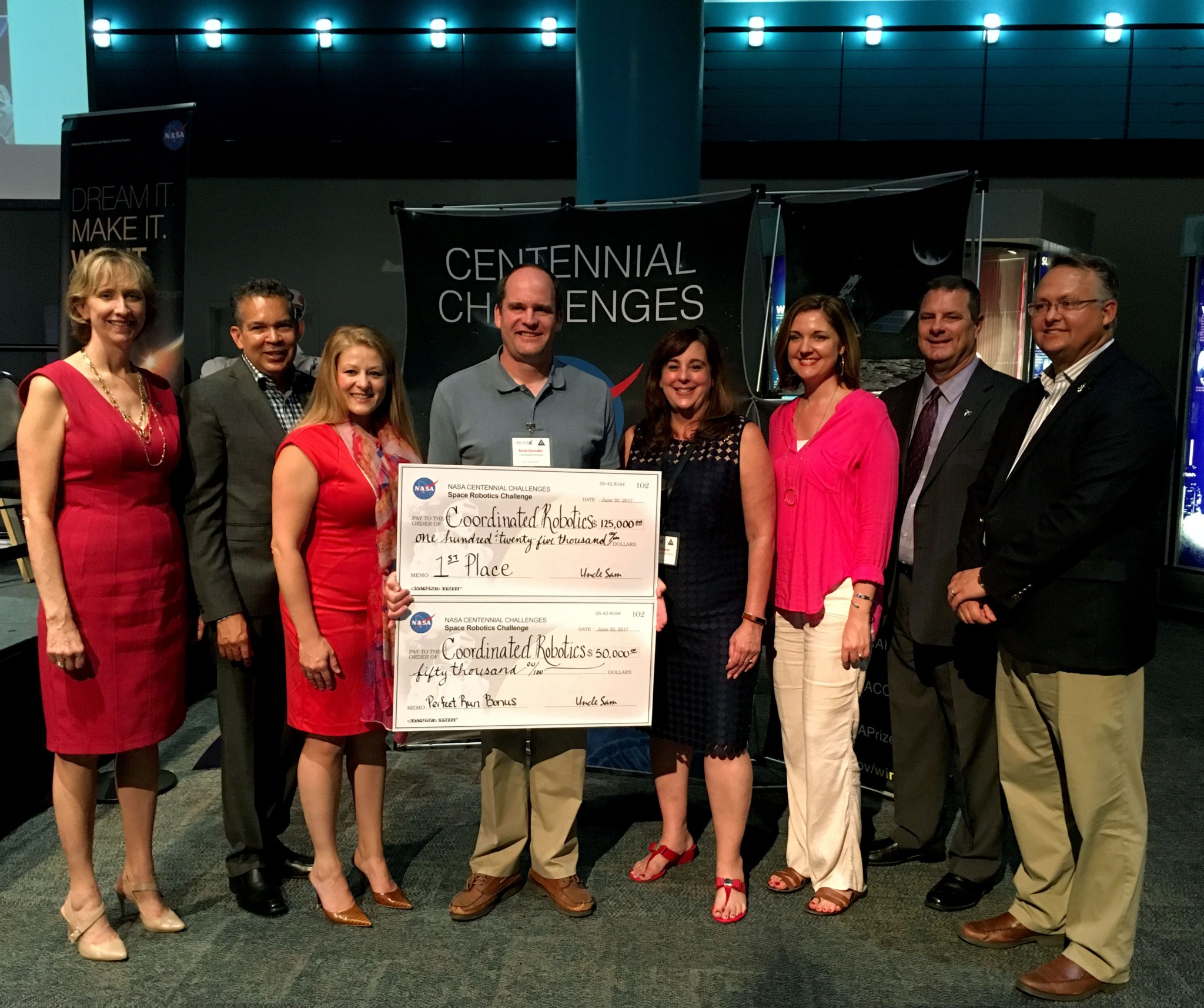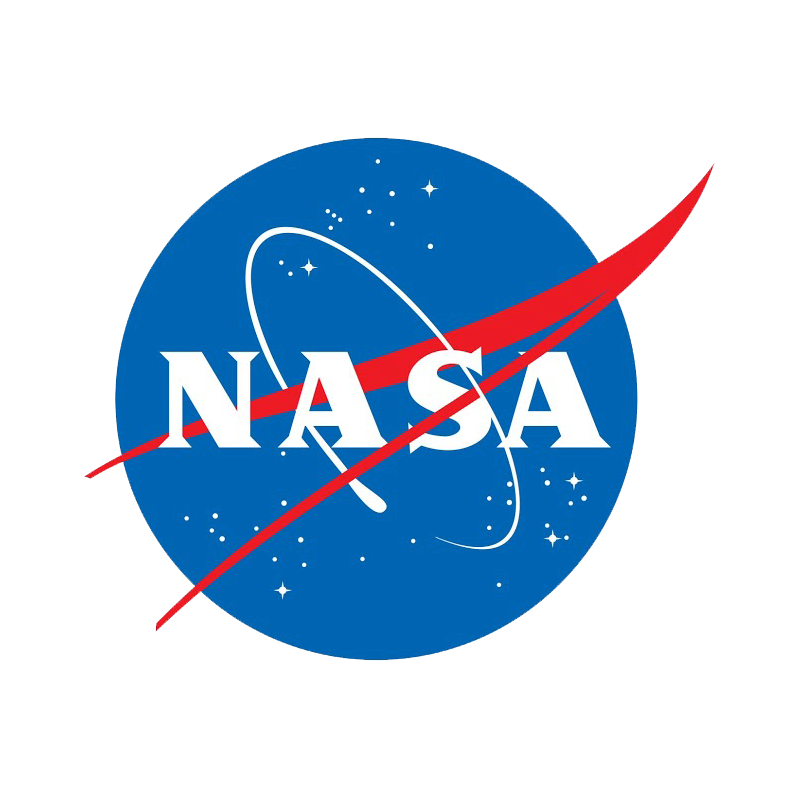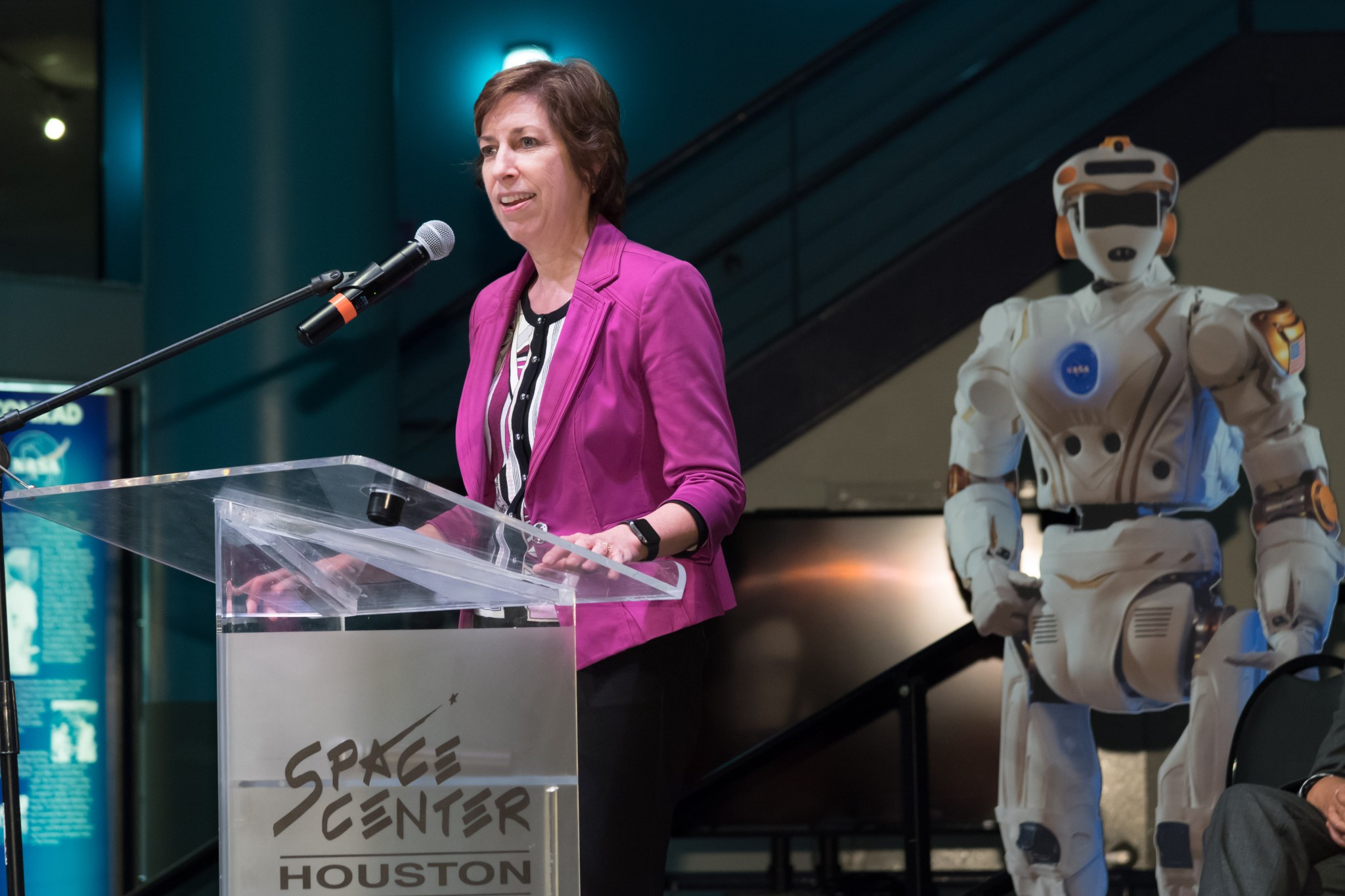NASA has awarded $300,000 to four teams of citizen inventors at the Space Robotics Challenge. The teams developed software to improve the autonomous capabilities of NASA’s humanoid R5 robot, enabling it to perform specific tasks that may aid future astronauts during space travel or after landing on other planets.

The winning teams are:
- First place: $125,000: Coordinated Robotics of Newbury Park, California
- Coordinated Robotics is also receiving a $50,000 bonus award for accomplishing a perfect run where they completed all of the tasks.
- Second place: $100,000: Walk Softly of Niskayuna, NY
- Third place: Team Olympus Mons of Barcelona, Spain*
- Fourth place: $25,000: ZARJ of St. Paul, Minnesota
(*International team can win honors, but are not eligible for prize money)
“We are impressed with the terrifically innovative solutions these teams have delivered,” said Therese Griebel, deputy associate administrator for programs in NASA’s Space Technology Mission Directorate. “Our next generation of space explorers will be going farther than ever before, and advanced robotics systems will play a significant role in the journey. Robots will be living and working in space alongside our astronauts, and technology innovations like these are crucial to making that possible.”
The Space Robotics Challenge is part of NASA’s Centennial Challenges program, which uses prize competitions to advance technology and engage a diverse group of citizen solvers. The challenge was announced in August 2016, and more than 400 teams from 55 countries pre-registered. Ninety-two teams from 13 countries competed in the qualification round. The Top 20 advanced to the finals and received $15,000 each. A prize purse of $600,000 was available for the final round of competition.
The competition was held in a virtual environment where each team’s R5 had to resolve the aftermath of a dust storm that damaged a Martian habitat. The robots had to tackle three objectives: aligning a communications dish, repairing a solar array, and fixing a habitat leak. The simulation included periods of latency to represent the communications delay from Earth to Mars.
“The rigorous science learning in this international competition helped programmers develop software for humanoid robots who will someday assist astronauts exploring deep space in future missions,” said Space Center Houston’s Vice President of Education Daniel Newmyer. “Participants worked together to solve real-world problems, transform lives and inspire others through the wonder of space exploration.”
The vision of the challenge is that one day, robots could be a part of precursor missions to selected landing sites, arriving ahead of astronauts to set up habitats, life support systems, and even begin preliminary scientific research.
The competition was run by NASA, in partnership with Space Center Houston, the official visitor center of NASA Johnson Space Center in Houston, and NineSigma, a global innovation consultant organization.
“The required tasks represented a significant challenge to competitors, and the participating teams truly rose to the occasion,” said NineSigma CEO Dr. Andy Zynga. “We were extremely pleased with the high level of talent demonstrated by all teams involved, and we are confident that this program will help NASA move closer to achieving its goals.”.
NASA uses competitions to draw citizen inventors from diverse backgrounds and disciplines to push technology forward for the benefit of space exploration. The Centennial Challenges Program, managed at NASA’s Marshall Space Flight Center in Huntsville, Alabama, is part of the agency’s Space Technology Mission Directorate.
For more information about the competition, visit:





























